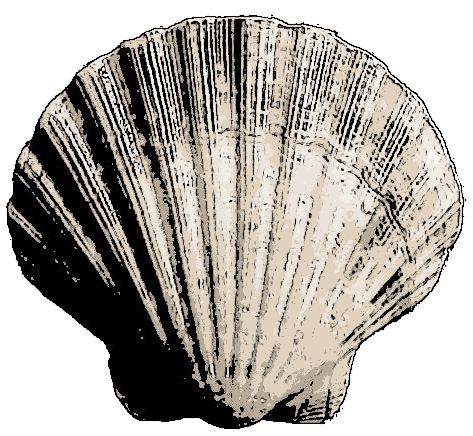Scientists have created artificial shell structures from a mixture of chalk and disposable polystyrene cups - and have obtained a new rigid material that could make homes and offices more sustainable.

The research findings, published in the scientific journal Advanced Materials, come from scientists from the University of Manchester and the University of Leeds who report that they succeeded in strengthening the material calcium carbonate (found in nature as chalk or limestone) with polystyrene particles, which are used to make disposable drinking cups. They developed an effective method for blending calcium carbonate crystals with polystyrene particles and found that the combination makes the material more flexible relative to the original, crunchy form. They report that the polystyrene is also used as a hardening agent that helps prevent the development of cracks. Scientists have already noticed that when reinforced materials crack, the polymer elongates inside the cracks - a well-known and well-known mechanism for absorbing energy and increasing the strength of the material.
The researchers say that their method makes it possible to adjust and adjust the properties of the material through the selection of particles with different shapes, sizes and compositions.
One of the researchers explains: "The mechanical properties of shells can compete with man-made ceramic materials, produced at high temperatures and pressures. Their composition helps spread the load inside the internal structure and control the spread of cracks.
"Calcium carbonate is the main component of chalk, which is a brittle material that breaks easily when pressure is applied to it. However, shells are rigid and resistant to breakage, and this is because the calcium carbonate in them is combined with proteins that connect the crystals together, similar to bricks in a wall, to obtain a stronger and more rigid material.
"We replaced nature's solution, which uses proteins, with the use of polystyrene to create a hard shell-like structure with properties similar to those that exist in nature.
"Although further experiments and tests are still required, our research presents an effective method for preparing new and hard chalk-based composite materials with a variety of possible applications," notes the lead researcher.

One response
Very interesting.
http://en.wikipedia.org/wiki/Mollusc_shell#Shell_proteins